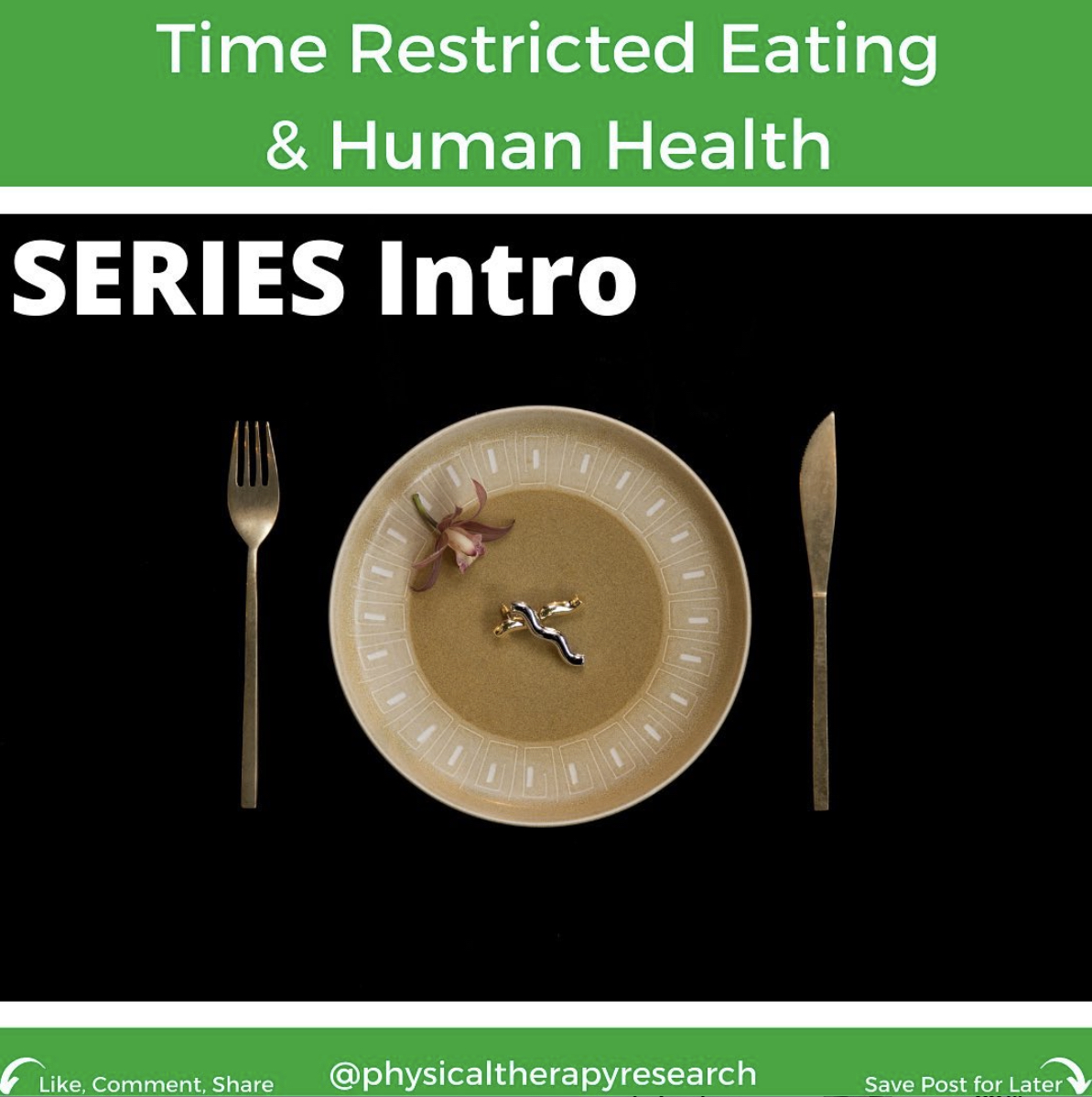Effects of Time Restricted Eating on Human Health
SERIES (1/6)INTRO:
Eating behaviors are an influential factor in the development of chronic pathologies.
The daily feeding time (DFT) is the period from the start of the first meal to the end of the last meal of the day. An American cohort of 15,000 adults showed feeding times reached 15 h for over 50%. Longer DFT may be a factor in the development of metabolic disorders.
A cohort study of 2650 adult women fasting for longer nightly intervals showed reduced:
- Systemic inflammation.
- Risk of breast cancer & other metabolic diseases.
Time-restricted feeding (TRF) is a form of IF that limits the daily food consumption to a period of 4–12 h, which induces a fasting window of 12–20 h per day.
TRF differs from IF in two aspects:
- TRF does not require caloric restriction
- TRF requires a consistent daily eating window
This dietary approach has shown beneficial effects in animals.
In rodent models, TRF protected mice fed a high fat diet against obesity, hyperinsulinemia, hepatic steatosis and inflammation.
TRF attenuated onset and reversed progression of metabolic diseases in mice with pre-existing obesity and type II diabetes, hepatic steatosis and hypercholesterolemia.
The time-restricted eating (TRE) is used to refer to human models.
TRE can benefit:
- Cardiovascular metabolism.
- Blood pressure.
- Cholesterol.
- Weight loss.
- Reduction in fat mass.
- Preserve Muscle
Adafer et al. (2020), systematically reviewed the international literature, exploring the effects of TRE on human health.
This series will summarize all the findings!
NEXT UP:
2. Types of Time Restricted Eating
3. Adherence and Effects on Calorie Consumption
4. Metabolic Effects
5. Effects on Circadian Clock and Other.
Conclusions
SOURCE:
Adafer et al. 2020. Food Timing, Circadian Rhythm and Chrononutrition: A Systematic Review of Time-Restricted Eating’s Effects on Human

Dalton Urrutia, MSc PT
Dalton is a Physical Therapist from Oregon, currently living and running the performance physiotherapy clinic he founded in London for Grapplers and Strength & Conditioning athletes. Dalton runs the popular instagram account @physicaltherapyresearch, where he posts easy summaries of current and relevant research on health, fitness, and rehab topics.
Want to learn more or contact him?
Reach out online:
@Grapplersperformance
Learn more online - new online discussion group included!
Want an approach that enhances your existing evaluation and treatment? No commercial model gives you THE answer. You need an approach that blends the modern with the old school.
Keeping it Eclectic...- NEW - Online Discussion Group
- Live cases
- webinars
- lecture
- Live Q&A
- over 600 videos - hundreds of techniques and more!
- Check out MMT Insiders















Post a Comment
Post a Comment